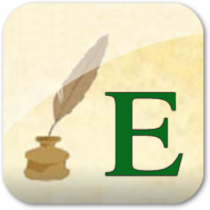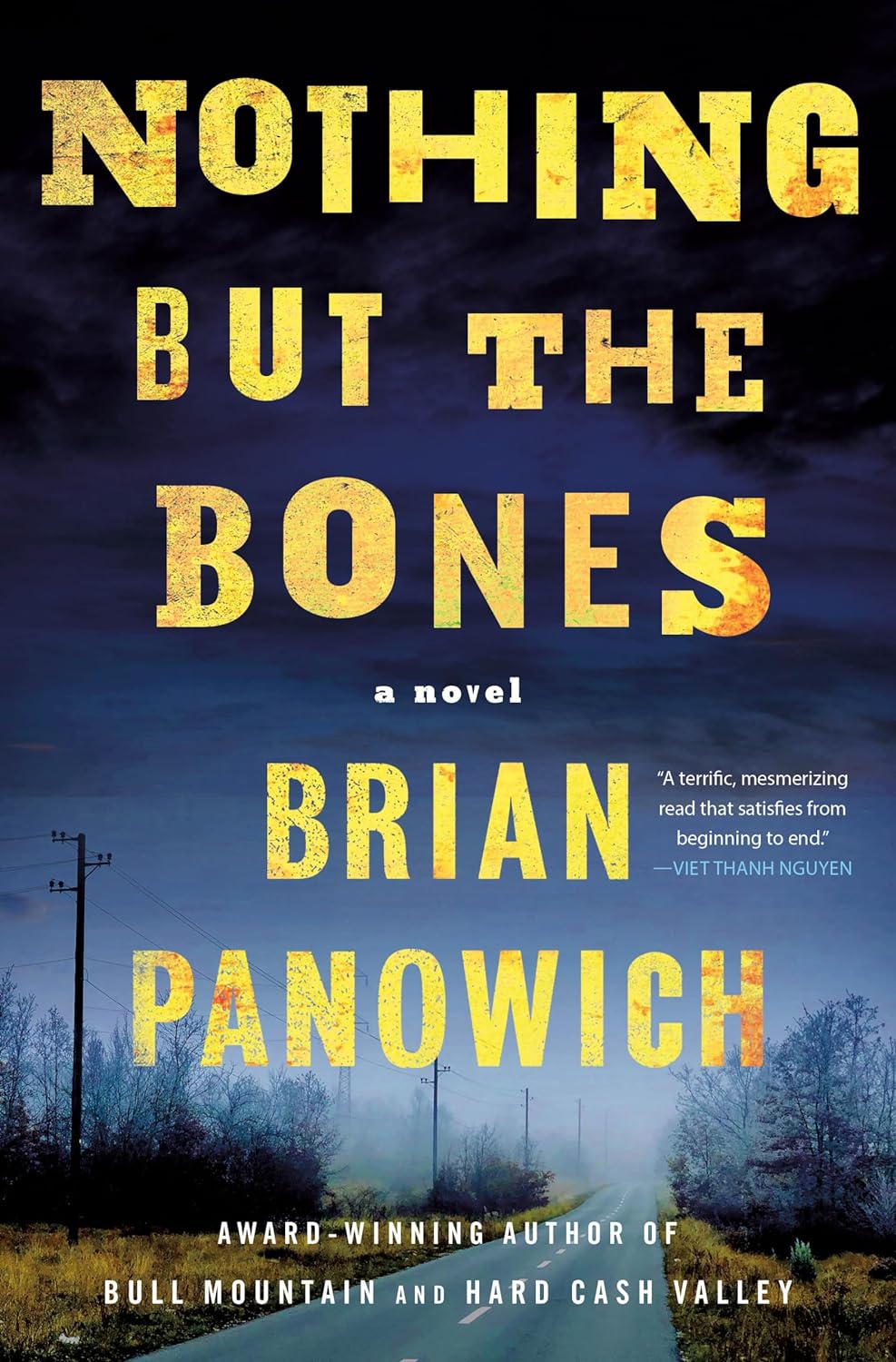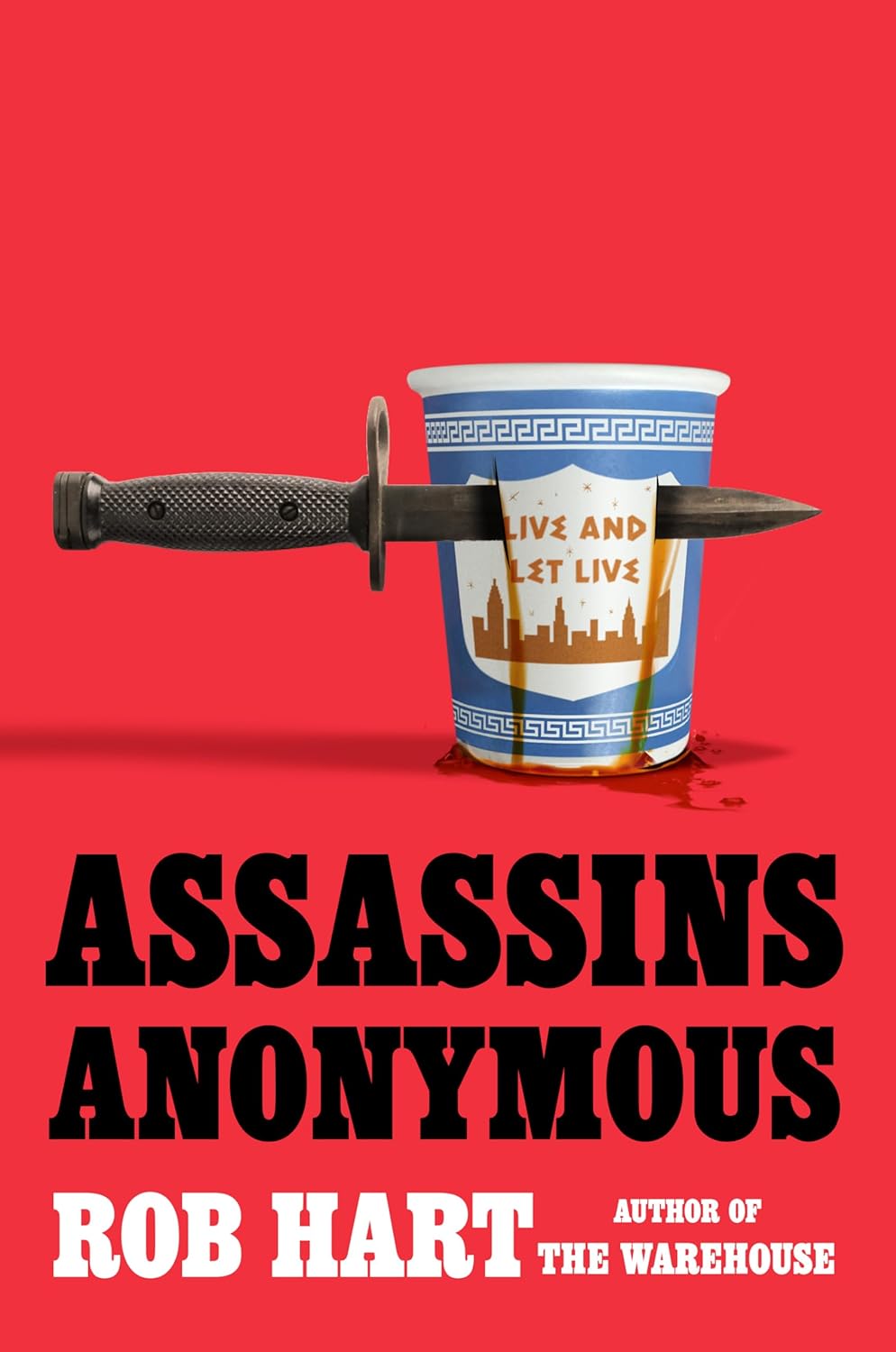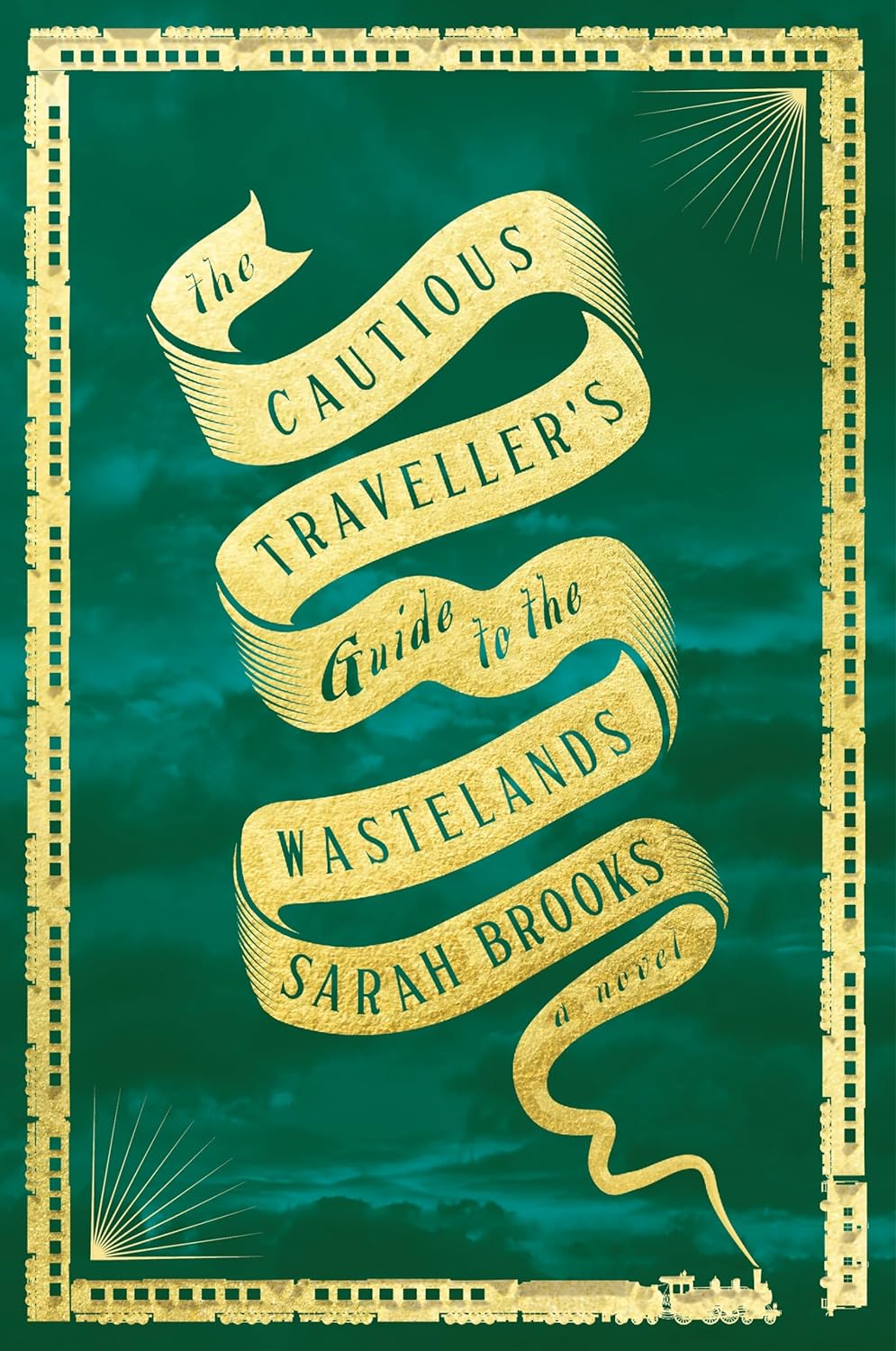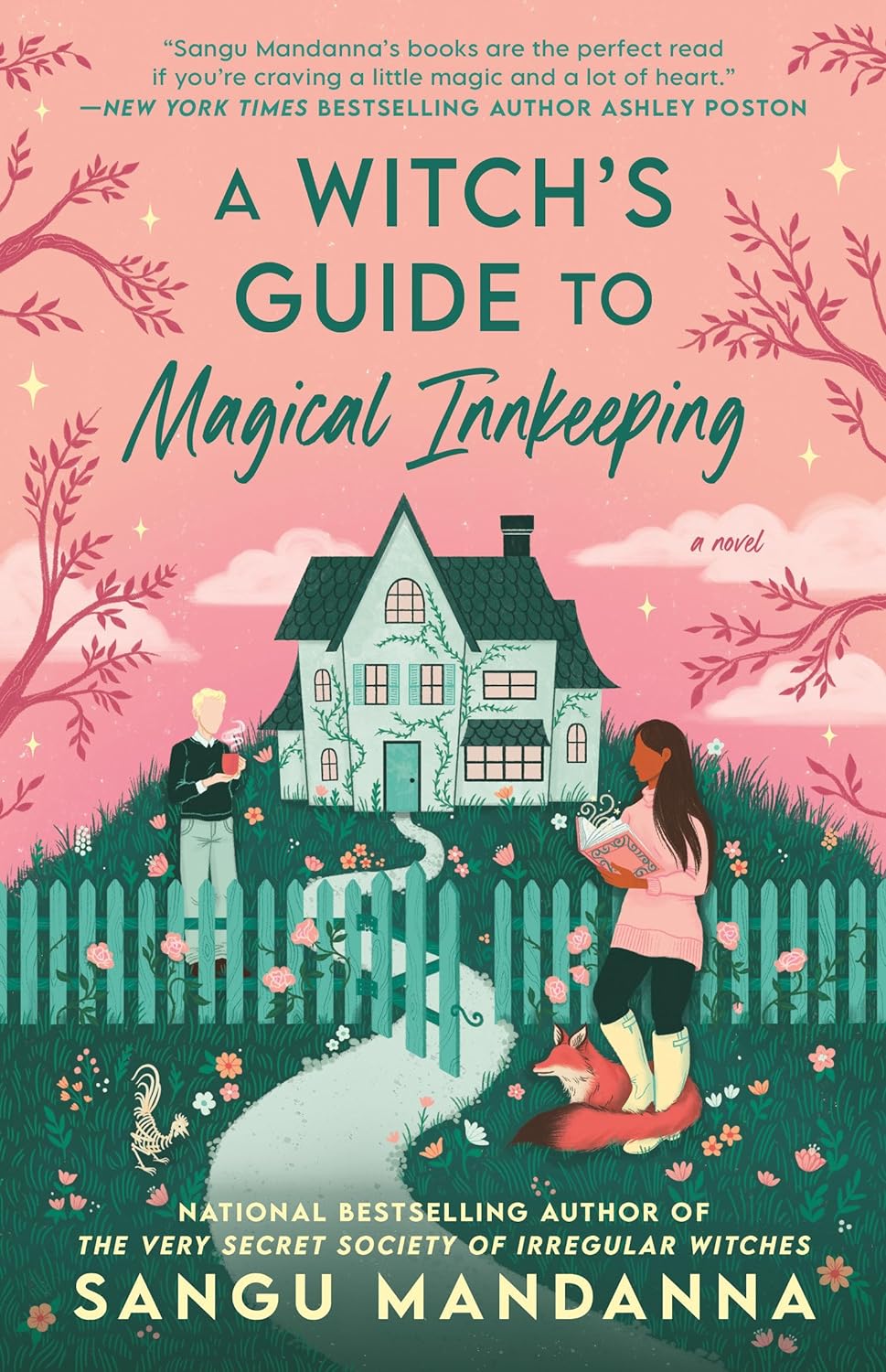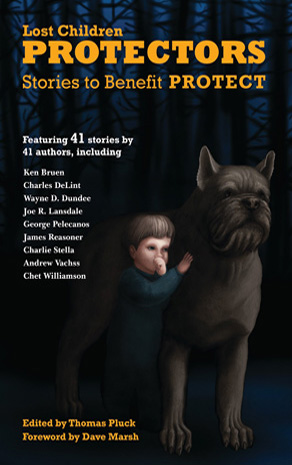 Last year Elizabeth invited me to write about the Lost Children Charity Anthology, where I collected 30 stories from a flash fiction challenge issued by Fiona Johnson and Ron Earl Phillips. It has great stories by Paul D. Brazill, David Barber, Chad Rohrbacher, Veronica Marie Lewis-Shaw, Lynn Beighley and many more. We raised over $1700 for two children’s charities with that book. It continues to be a great success.
Last year Elizabeth invited me to write about the Lost Children Charity Anthology, where I collected 30 stories from a flash fiction challenge issued by Fiona Johnson and Ron Earl Phillips. It has great stories by Paul D. Brazill, David Barber, Chad Rohrbacher, Veronica Marie Lewis-Shaw, Lynn Beighley and many more. We raised over $1700 for two children’s charities with that book. It continues to be a great success.
But I’m the kind of guy who always looks for what he could have done better. Two months after it was published, I decided to do another one. I’d focus on one cause and I’d invite many of the new authors I met at Bouchercon 2011 and online. A year later, I’m back, to let you know that I can really shake ’em down:
Protectors: Stories to Benefit PROTECT gathers 41 writers to support one cause: protecting children, through sane and effective legislation. The first book collected flash fiction; this one has one page poems to novellas. Crime, noir, westerns, thrillers, weird tales, horror, urban fantasy and transgressive lit. An exclusive first three chapters from Ken Bruen’s novel, Spectre in the Galway Wind. An Edgar finalist that hasn’t seen print since 1984. Joe Lansdale contributed a story from Hap’s childhood. George Pelecanos sent a story while he was busy on the set of Treme.
The reaction was stunning, and putting it all together was the biggest challenge I’ve faced as a writer to date. How tough was it? It was a lot of work. But as they say, a labor of love. I had to hunt down writers through publicists or query them via email. I had to scan an old typewritten story in and correct it line by line. I like to think I’ve become a much better editor of my own work after editing 40 other writers. And it sure made me more amicable to being edited, after being on the other side of the red pen, so to speak.
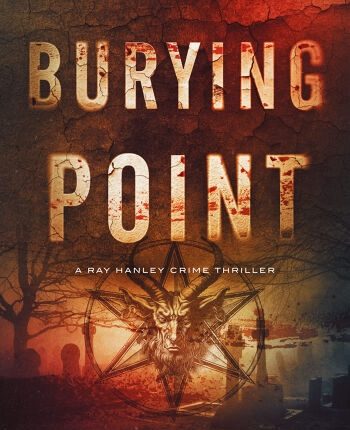
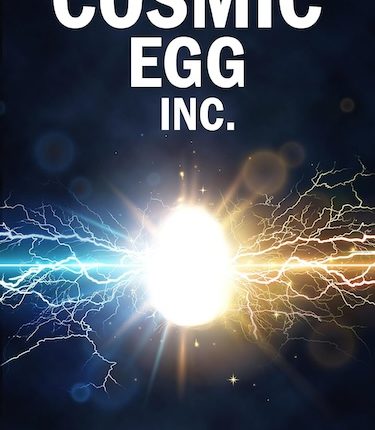
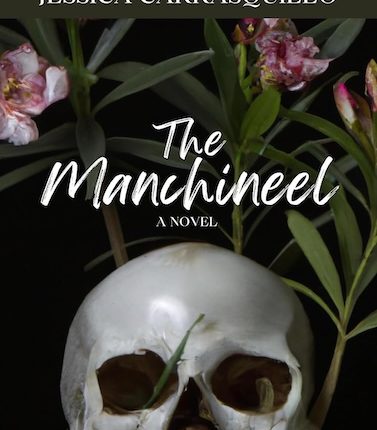
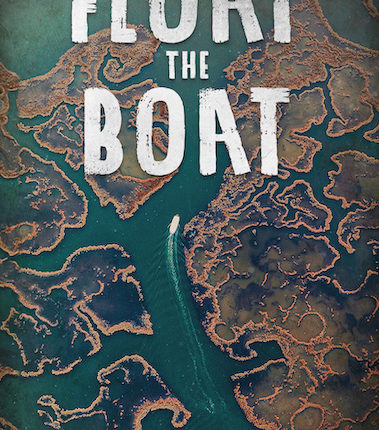
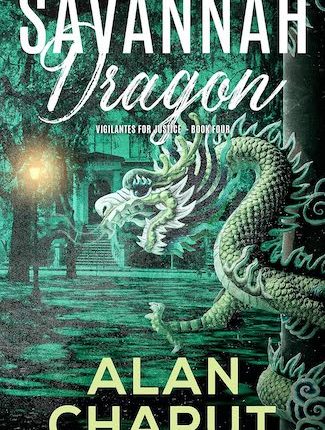
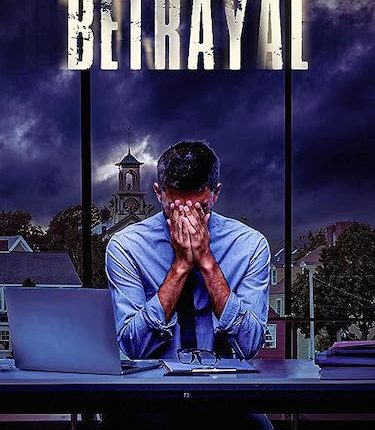
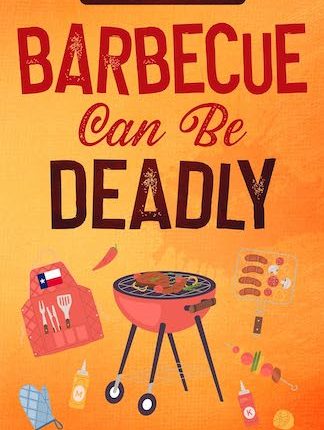
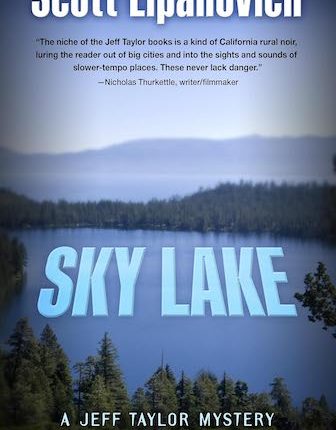
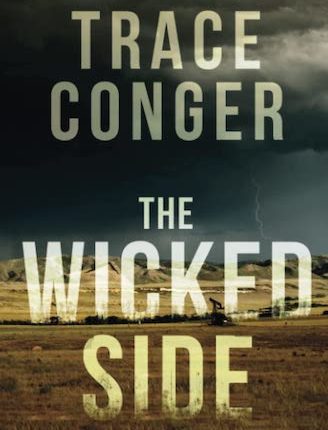
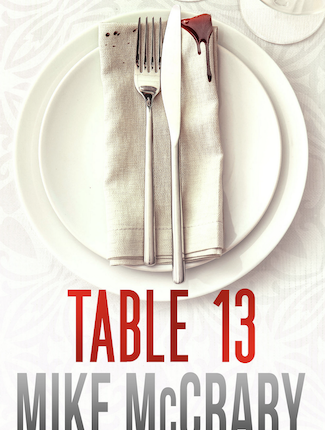
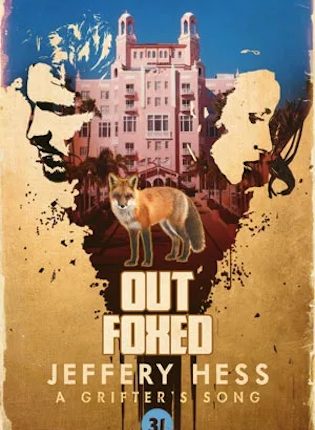
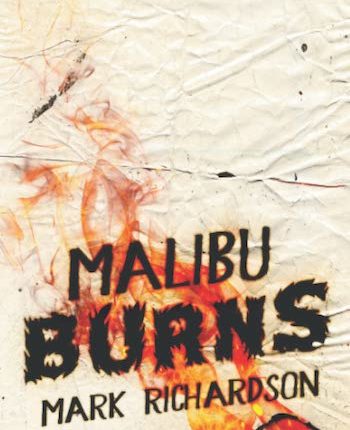
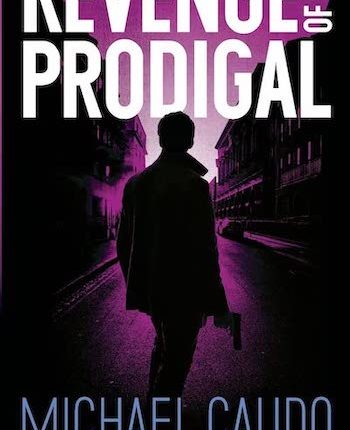
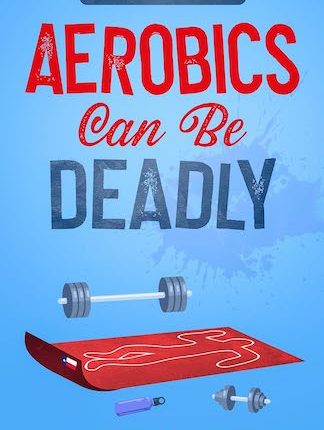
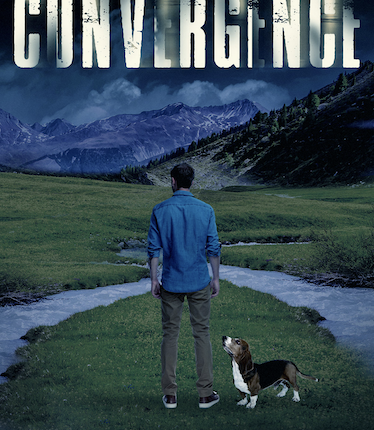
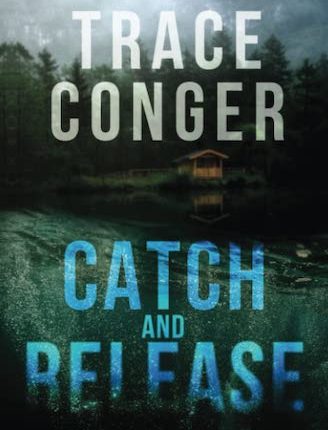
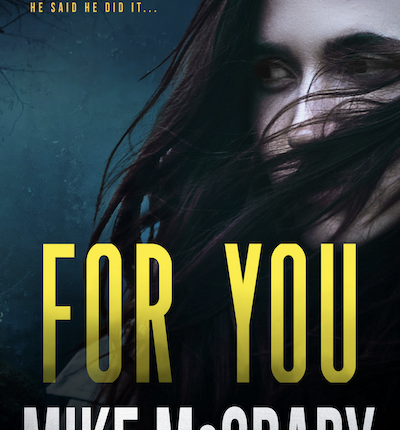
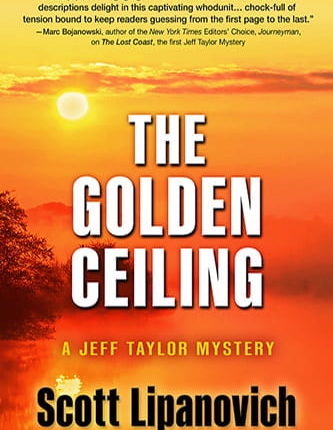
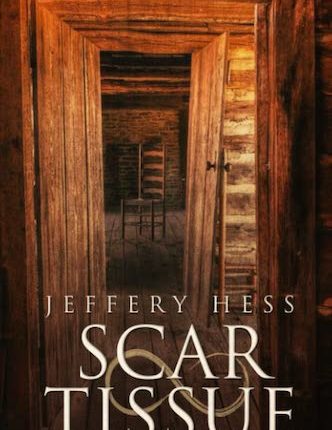
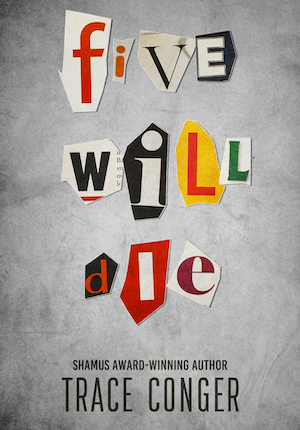
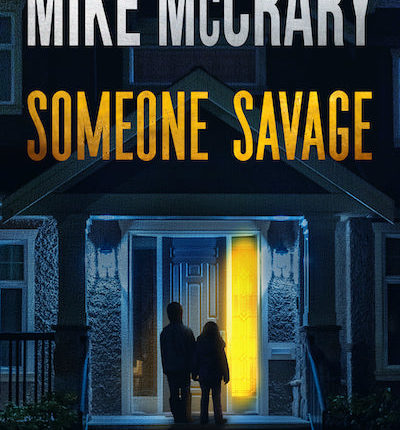
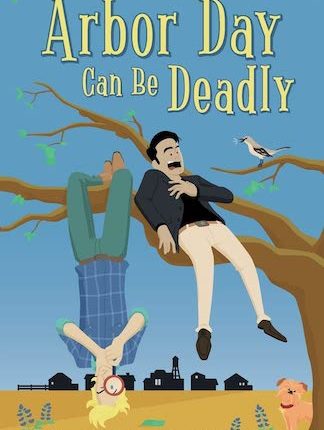
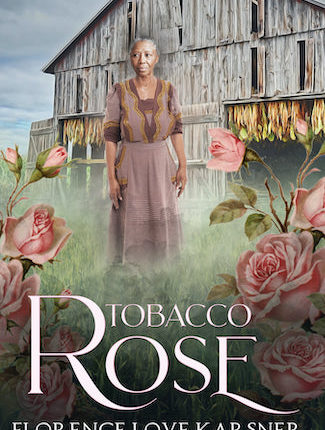
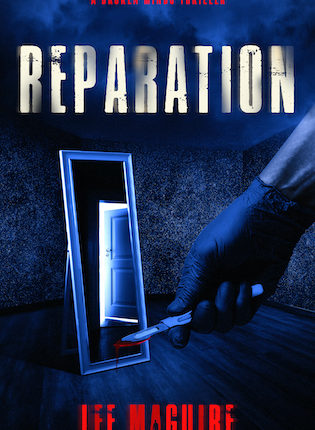
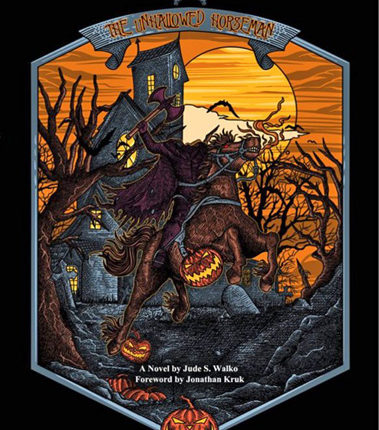
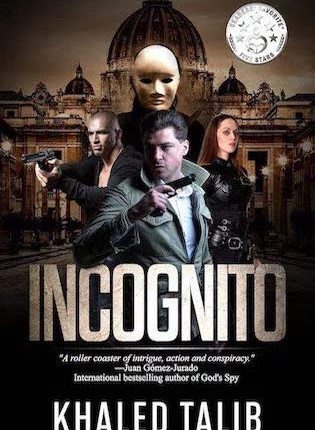
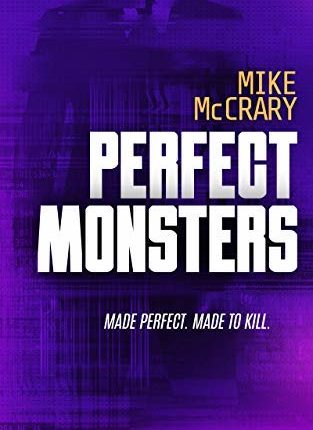
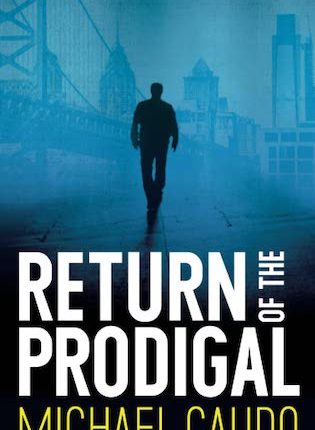
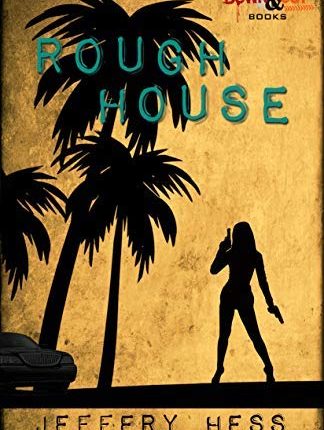
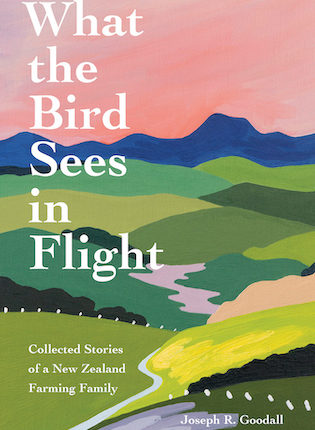
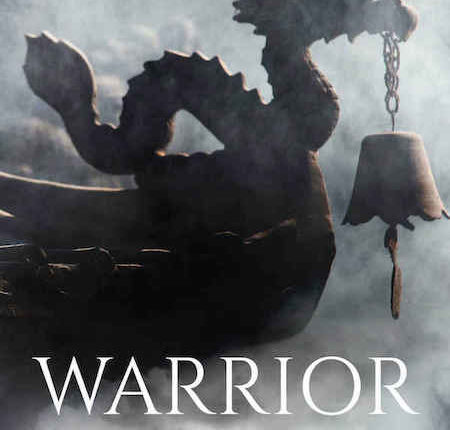
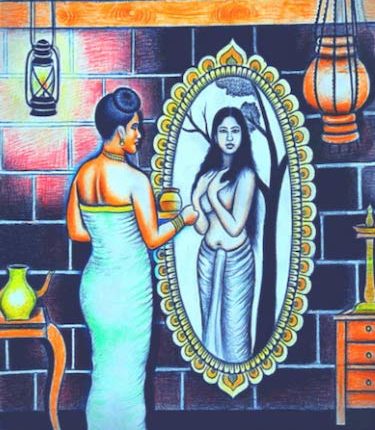
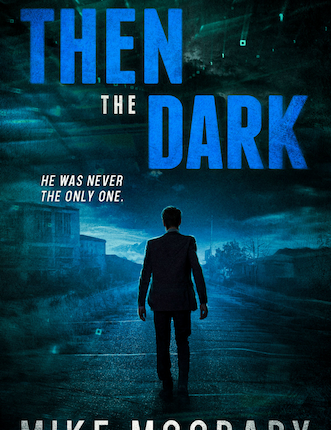
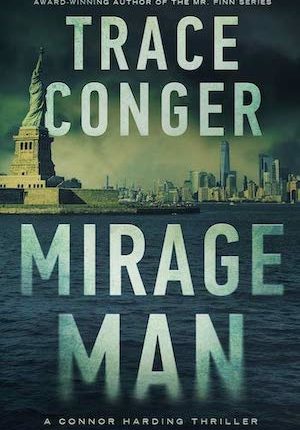
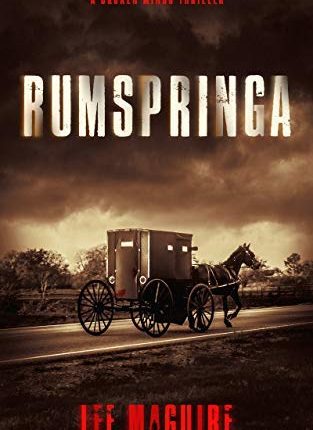
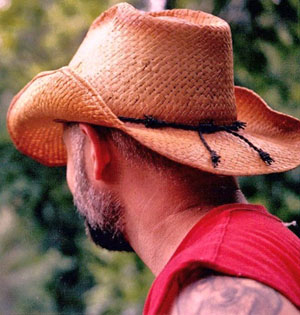 “Don’t go there. Don’t go there . . .” That’s what a friend of mine told me she found herself saying while reading several of the stories in my new collection, Back Roads & Frontal Lobes. And then she told me that she knew I would, anyhow.
“Don’t go there. Don’t go there . . .” That’s what a friend of mine told me she found herself saying while reading several of the stories in my new collection, Back Roads & Frontal Lobes. And then she told me that she knew I would, anyhow.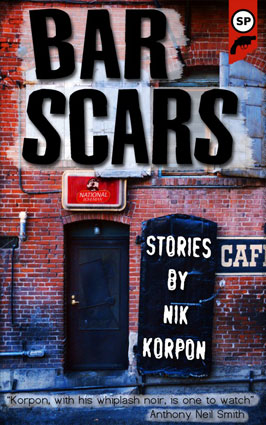 Her skin parts like wet silk under a razor, and even with a gaping hole in her face, I think she’s quite beautiful.
Her skin parts like wet silk under a razor, and even with a gaping hole in her face, I think she’s quite beautiful.
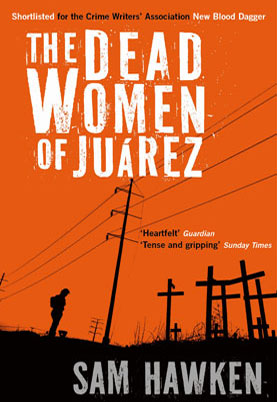 “We are a city of dead women. We feed on our own.”
“We are a city of dead women. We feed on our own.”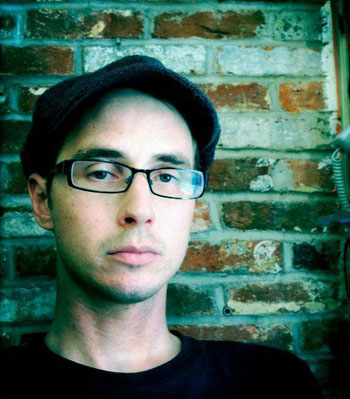 I’d heard a while back that Chuck Palahniuk cited The Great Gatsby as his inspiration for Fight Club. I didn’t know enough at the time to see the rationale behind it—this was somewhere round 2005—but after I began to take writing seriously (and by necessity, reading) it started to make more sense. I could see the threads that strung the novels together. Man, I wish I could do something like that, I thought as I sunk back into my stack of Garcia Marquez books.
I’d heard a while back that Chuck Palahniuk cited The Great Gatsby as his inspiration for Fight Club. I didn’t know enough at the time to see the rationale behind it—this was somewhere round 2005—but after I began to take writing seriously (and by necessity, reading) it started to make more sense. I could see the threads that strung the novels together. Man, I wish I could do something like that, I thought as I sunk back into my stack of Garcia Marquez books. According to the American Library Association, there were 326 challenges reported to the Office of Intellectual Freedom in 2011. Many more go unreported.
According to the American Library Association, there were 326 challenges reported to the Office of Intellectual Freedom in 2011. Many more go unreported.
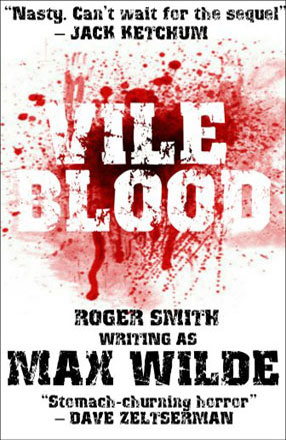 “The truth is I’m leaning in the direction of believing that God is dead but the Devil is very much alive.” – Father Pedro
“The truth is I’m leaning in the direction of believing that God is dead but the Devil is very much alive.” – Father Pedro
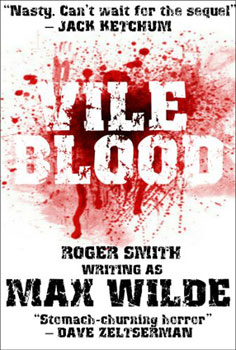 In an interview years ago the great American crime writer Donald E. Westlake talked about writing his brilliant Parker novels under the alias Richard Stark. He said that when he sat down to write as Stark he felt different. Thought differently. Wrote differently.
In an interview years ago the great American crime writer Donald E. Westlake talked about writing his brilliant Parker novels under the alias Richard Stark. He said that when he sat down to write as Stark he felt different. Thought differently. Wrote differently.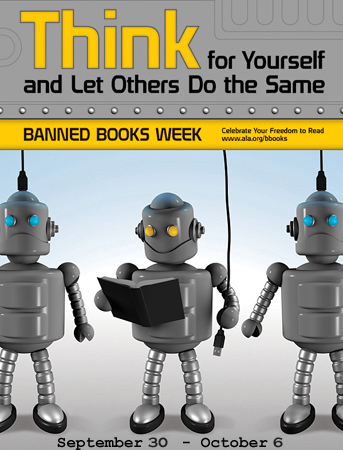 Today is the start of Banned Books Week 2012:
Today is the start of Banned Books Week 2012:
